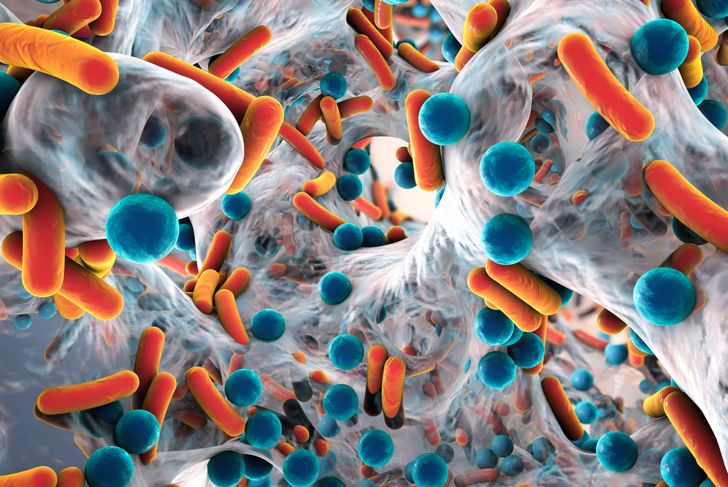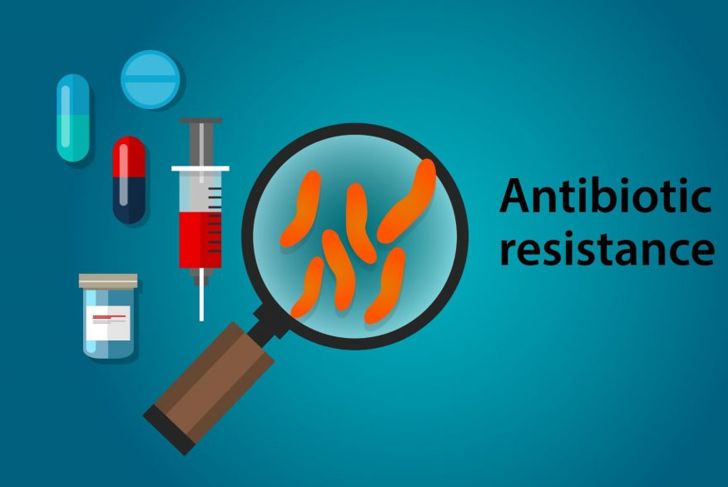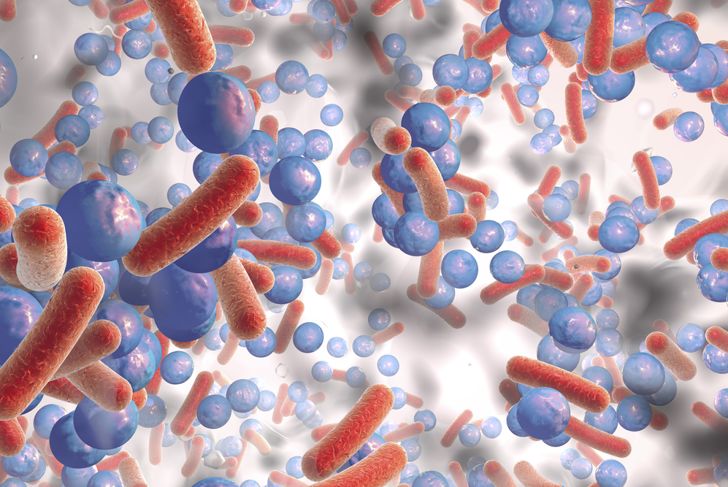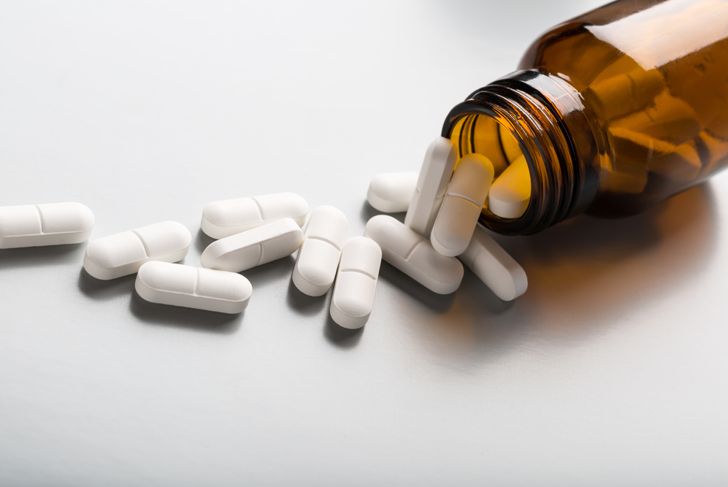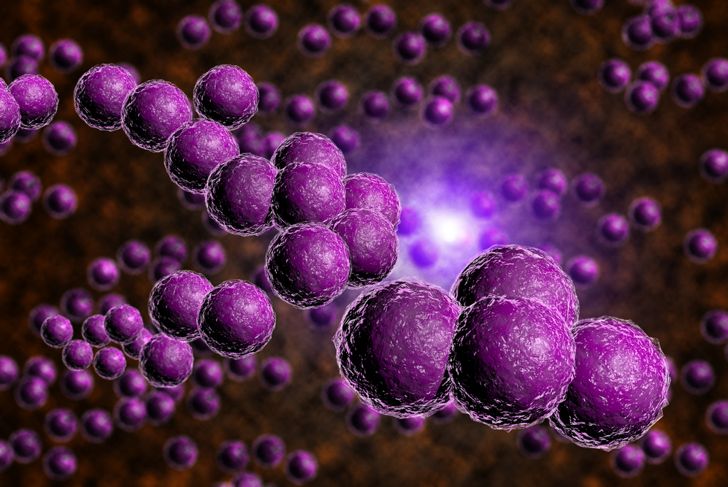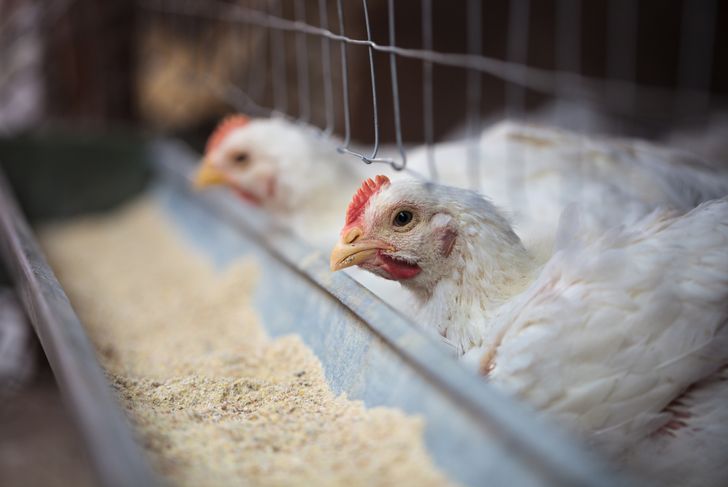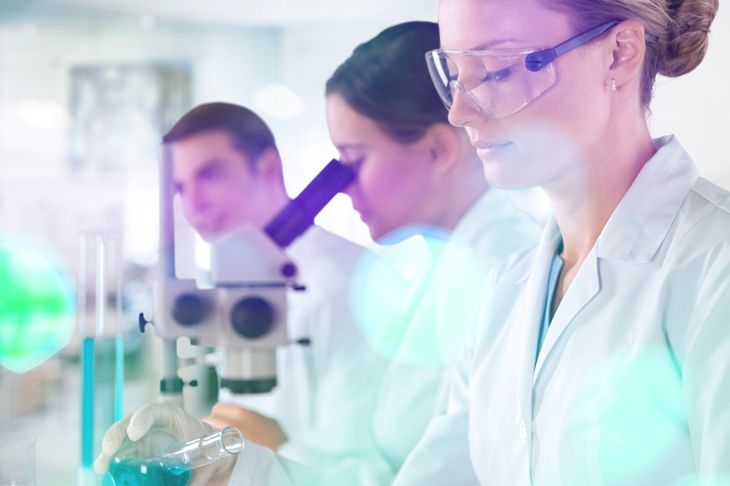Since their accidental discovery in the early 20th century, antibiotics have come to play a major part in medical treatment. The commercial production of antibiotics began in the mid-1940s. It is hard to know the exact number of lives this medical advance has saved, but it must be many millions. However, this wonder drug still has its limits. Seventy years after antibiotics came into use there are real concerns about whether they are over-prescribed, and the extent that bacteria might have become resistant to these treatments. Some fear the world slipping back to face once again the public health challenges of the pre-antibiotic era.
Antibiotic resistance is natural
Bacterial resistance to antibiotics is a natural process. Bacteria have implanted within them the capability to resist the medications developed to eradicate them. At the same time, human actions exacerbate the problem. Scientists have discovered that there is a connection between the appearance of resistance to antibiotic medicines given to people and the use of the same antibiotics on farm animals. The most problematic use of antibiotics with farm animals concerns their use as artificial growth boosters rather than curing infectious diseases.
The price of resistance to antibiotics
Antibiotics resistance directly affects patients. It takes much longer to cure their illness if the initial course of medicine fails to produce the desired results. Maybe the doctor will have to prescribe a different kind of medicine or use more dangerous toxic substances in an attempt to kill the bacteria. It is easy to grasp the suffering to the individual when a cure that formerly worked well now fails. The cost to society is easier to forget since it takes less immediately obvious forms. For example, the cost of lost days from work and prolonged stays in hospital amount to considerable sums.
Precautions to reduce resistance
Both doctors and people outside the medical profession can help to fight this disturbing trend. Doctors should only prescribe antibiotics when necessary instead of turning to them as the easiest answer to a wide range of health issues. At the same times, patients ought to stop viewing antibiotics as some kind of “magic solution” and so they will cease to pressure the doctor for a prescription.” Everyone needs to follow basic hygiene precautions to lessen the risk of infection. Even simple actions like regular hand washing and improving the cleanliness of food preparation, really do make a difference.
Action needed on an international level
Despite the many political and economic divisions in this world, the battle against resistance to antibiotics should be able to unite all countries. People of all age groups and ethnicities have come to rely on these medicines to fight infection. International cooperation enables effective monitoring of the antibiotic resistance phenomenon and the taking of measures to tackle the problem. Starting in 2015, the World Health Organization (WHO) began an annual “Antibiotics: Handle with care” day in the month of November.
What kinds of diseases seem to be becoming antibiotic resistance?
The current list includes pneumonia, tuberculosis and a number of sexually transmitted diseases (STD). There is every sign that the list is expanding. While many public health problems primarily affect, underdeveloped countries, this issue has also become a significant problem in prosperous western countries. Researchers note how resistance seems to increase in line with the ease with which over the counter antibiotics are available in that country, and weak guidelines controlling their use or abuse.
The concept of the “superbug.”
The media often calls the bacteria resistant to antibiotics “superbugs.” There are real fears that they could bring on plagues of a dimension comparable to Medieval Europe. A particularly disturbing British government report estimates that in the mid-twenty-first century superbugs might cause as many as twenty deaths per minute! Even taking into account advances in medicine over the next few decades, the availability of treatments for these diseases is far from certain. The United Nations WHO rates the threat from superbugs as serious as the Ebola virus.
How much damage do superbugs cause now?
Regardless of these frightening predictions of major threats to world health, the statistics already clearly show the damage that antibiotic-resistant bacteria cause in 2017’s Center for Disease Control and Prevention reports that a couple of million Americans already have superbug infections. Each year approximately 23,000 die from illnesses linked to such bacteria in them, and the death rate is at a similar level.
How do infections from antibiotic-resistant bugs spread?
These infections spread in some surprising ways. Regular contact with animals easily spreads infections to farm workers. This does not make those who live in cities so much safer. With an estimated three-quarters of the antibiotics used today given to animals, it poses risks for consumers of animal products. So is becoming a vegan the healthiest option? Not necessarily. Supermarkets buy poultry fed with antibiotics, and so bacteria finds its way from the meat counter to green vegetables.
How is the fight against superbugs proceeding?
Health organizations encourage doctors to restrict antibiotic drug prescriptions. Certain hospitals have even begun to keep records so they can carefully monitor their use of antibiotics. However, with the majority of antibiotics used on farm animals, the fight against superbugs will make little progress without efforts made to reduce their use in this sector. The European Union has banned farmers using antibiotics to stimulate animal growth. However, in many other countries, no such restrictions are in force.
Hopes that medical research can help find a solution
Despite all the efforts to restrict the spread of antibiotic-resistant bugs, there is every indication that the threat is increasing. Medical researchers are also working hard to develop medications that could neutralize the antibiotic resistance that some bacteria have developed. Such research takes a great deal of time and requires substantial funding. Everyone hopes that the researchers will succeed to meet this challenge. Do not expect to see anything available to doctors in the coming decade.

 Home
Home Health
Health Diet & Nutrition
Diet & Nutrition Living Well
Living Well More
More